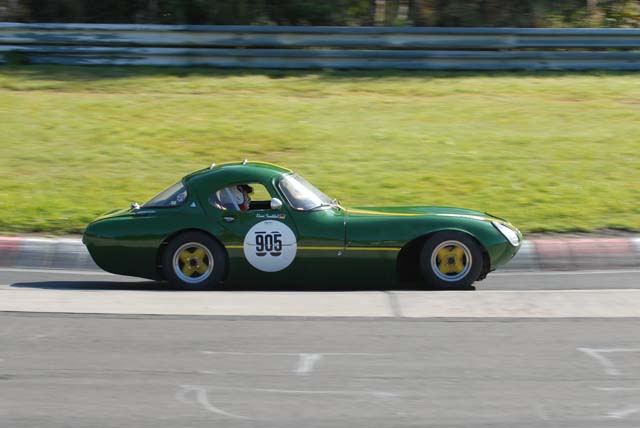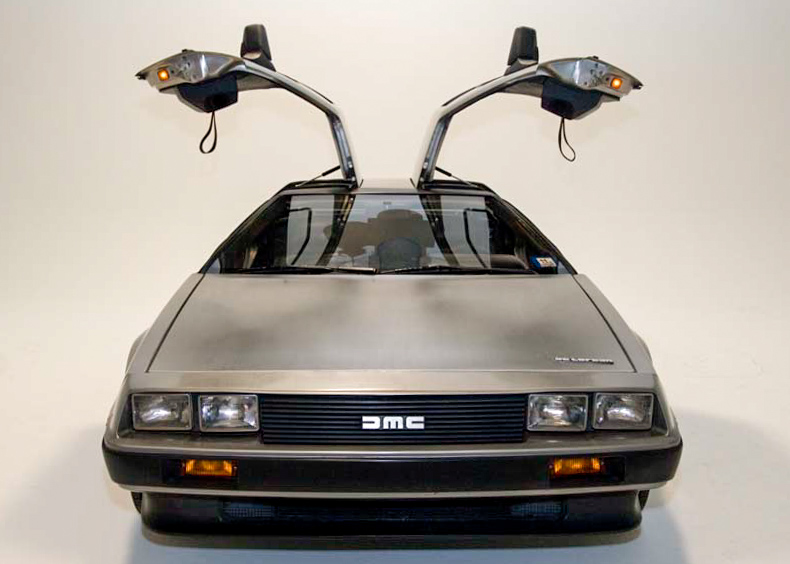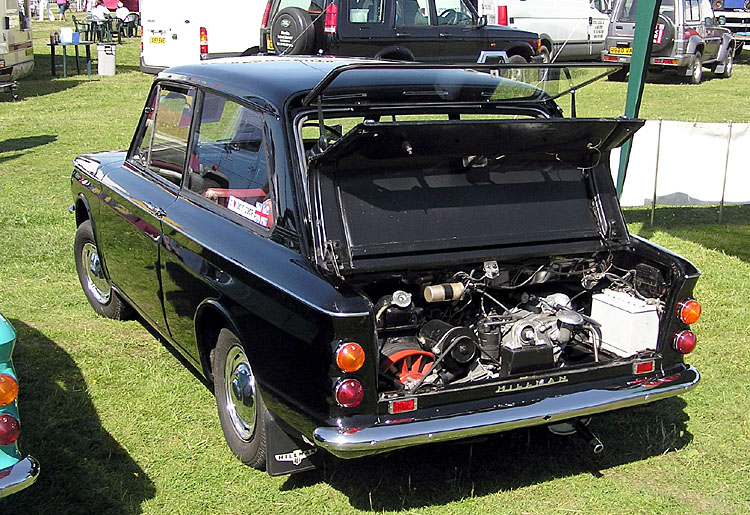|
Siva S160 Spyder
The Siva S160 Spyder is an automobile which was produced during the 1970s in Great Britain by Siva Motor Car Company, Siva Engineering.Mike Lawrence, A-Z of Sports Cars : 1945 to 1993, page 284 Conceived as a Hillman Imp-engined Grand Touring, GT car for British sports car manufacturer Marcos (automobile), Marcos, the car was ultimately re-designed to become the Siva S160 Spyder.Siva Spyder (S160) Retrieved on 16 November 2012 The S160 debuted at the 1971 Racing Car Show, utilizing a Volkswagen Beetle floor pan and running gear and featuring a Gull-wing door, gullwing coupé body. It was offered as a complete car or as a bare bodyshell. A total of twelve S160s were produced. Siva Spyder in miniature A model of the Siva Spyder was included as number 41 in ...[...More Info...] [...Related Items...] OR: [Wikipedia] [Google] [Baidu] |
Coupe
A coupe or coupé (, ) is a passenger car with a sloping or truncated rear roofline and two doors. The term ''coupé'' was first applied to horse-drawn carriages for two passengers without rear-facing seats. It comes from the French past participle of ''couper'', "cut". __TOC__ Etymology and pronunciation () is based on the past participle of the French verb ("to cut") and thus indicates a car which has been "cut" or made shorter than standard. It was first applied to horse-drawn carriages for two passengers without rear-facing seats. These or ("clipped carriages") were eventually clipped to .. There are two common pronunciations in English: * () – the anglicized version of the French pronunciation of ''coupé''. * () – as a spelling pronunciation when the word is written without an accent. This is the usual pronunciation and spelling in the United States, with the pronunciation entering American vernacular no later than 1936 and featuring in the Beach Boys' hi ... [...More Info...] [...Related Items...] OR: [Wikipedia] [Google] [Baidu] |
Marcos (automobile)
Marcos Engineering was a British sports car automaker, manufacturer. The name derives from the surnames of founders Jem ''Mar''sh and Frank ''Cos''tin. History Marcos was founded in Dolgellau, North Wales, in 1959, by Speedex cars' Jem Marsh with aerodynamicist Frank Costin. Costin had earlier worked on the de Havilland Mosquito fighter-bombers and from there he got the idea to use plywood for the chassis. The company moved to a converted mill in Bradford on Avon, Wiltshire, in 1963; in 1971 they relocated to a £125,000 purpose-built factory at nearby Westbury, Wiltshire, Westbury. Problems with exporting cars to the US and the move to the expensive new premises led to financial troubles, and in 1971 Marcos went out of business. In July 1971 it was reported that the Rob Walker Group of Companies, a principal dealer, had acquired the stocks and assets and established a new company, Marcos Ltd. The new owners said production would continue, albeit, at least in the short term, only ... [...More Info...] [...Related Items...] OR: [Wikipedia] [Google] [Baidu] |
Cars Of England
A car or automobile is a motor vehicle with wheels. Most definitions of ''cars'' say that they run primarily on roads, seat one to eight people, have four wheels, and mainly transport people instead of goods. The year 1886 is regarded as the birth year of the car, when German inventor Carl Benz patented his Benz Patent-Motorwagen. Cars became widely available during the 20th century. One of the first cars affordable by the masses was the 1908 Model T, an American car manufactured by the Ford Motor Company. Cars were rapidly adopted in the US, where they replaced animal-drawn carriages and carts. In Europe and other parts of the world, demand for automobiles did not increase until after World War II. The car is considered an essential part of the developed economy. Cars have controls for driving, parking, passenger comfort, and a variety of lights. Over the decades, additional features and controls have been added to vehicles, making them progressively more complex. These i ... [...More Info...] [...Related Items...] OR: [Wikipedia] [Google] [Baidu] |
Rear-engined Vehicles
In automobile design, a rear-engine design layout places the engine at the rear of the vehicle. The center of gravity of the engine itself is behind the rear axle. This is not to be confused with the center of gravity of the whole vehicle, as an imbalance of such proportions would make it impossible to keep the front wheels on the ground. Rear-engined vehicles almost always have a rear-wheel drive car layout, but some are four wheel drive. This layout has the following features: *Packaging: since there is no need for a transmission tunnel, the floor can be flat. *Rear traction: having the engine located over the driven wheels increases downward pressure, which is helpful for grip on loose surfaces, although can be prone to oversteer. *Simplicity of manufacture: the engine is near the driven wheels, and the transmission can be merged with the differential to save space. This layout was once popular in small, inexpensive cars and light commercial vehicles. Today most car makers have ... [...More Info...] [...Related Items...] OR: [Wikipedia] [Google] [Baidu] |
Automobiles With Gull-wing Doors
A car or automobile is a motor vehicle with wheels. Most definitions of ''cars'' say that they run primarily on roads, seat one to eight people, have four wheels, and mainly transport people instead of goods. The year 1886 is regarded as the birth year of the car, when German inventor Carl Benz patented his Benz Patent-Motorwagen. Cars became widely available during the 20th century. One of the first cars affordable by the masses was the 1908 Model T, an American car manufactured by the Ford Motor Company. Cars were rapidly adopted in the US, where they replaced animal-drawn carriages and carts. In Europe and other parts of the world, demand for automobiles did not increase until after World War II. The car is considered an essential part of the developed economy. Cars have controls for driving, parking, passenger comfort, and a variety of lights. Over the decades, additional features and controls have been added to vehicles, making them progressively more complex. These i ... [...More Info...] [...Related Items...] OR: [Wikipedia] [Google] [Baidu] |
Sports Cars
A sports car is a car designed with an emphasis on dynamic performance, such as handling, acceleration, top speed, the thrill of driving and racing capability. Sports cars originated in Europe in the early 1900s and are currently produced by many manufacturers around the world. Definition Definitions of sports cars often relate to how the car design is optimised for dynamic performance, without any specific minimum requirements; both a Triumph Spitfire and Ferrari 488 Pista can be considered sports cars, despite vastly different levels of performance. Broader definitions of sports cars include cars "in which performance takes precedence over carrying capacity", or that emphasise the "thrill of driving" or are marketed "using the excitement of speed and the glamour of the (race)track" However, other people have more specific definitions, such as "must be a two-seater or a 2+2 seater" or a car with two seats only. In the United Kingdom, early recorded usage of the "sports car" ... [...More Info...] [...Related Items...] OR: [Wikipedia] [Google] [Baidu] |
Matchbox (brand)
Matchbox is a popular toy brand which was introduced by Lesney Products in 1953, and is now owned by Mattel, Inc, which purchased the brand in 1997. The brand was given its name because the original die-cast "Matchbox" toys were sold in boxes similar to those in which matches were sold. The brand grew to encompass a broad range of toys, including larger scale die-cast models, plastic model kits, slot car racing, and action figures. During the 1980s, Matchbox began to switch to the more conventional plastic and cardboard "blister packs" that were used by other die-cast toy brands such as Hot Wheels. By the 2000s, the box style packaging was re-introduced for the collectors' market, such as the 35th Anniversary of Superfast series in 2004 and the 50th Anniversary of Superfast in 2019. Products currently marketed under the Matchbox name include scale model plastic and die-cast vehicles, and toy garages. History Early years: Lesney, the origin of the Matchbox name and the ''1-75 ... [...More Info...] [...Related Items...] OR: [Wikipedia] [Google] [Baidu] |
Gull-wing Door
In the automotive industry, a gull-wing door, also known as a falcon-wing door or an up-door, is a car door that is hinged at the roof rather than the side, as pioneered by Mercedes-Benz 300 SL, first as a race car in 1952 ( W194), and then as a production sports car in 1954. Opening upwards, the doors evoke the image of a seagull's wings. In French, they are (butterfly doors). The papillon door was designed by Jean Bugatti for the 1939 Type 64, 14 years before Mercedes-Benz produced its similar, famous 300 SL gullwing door. The papillon door is a precursor to the gullwing door, and is slightly different in its architecture, but is often overlooked when discussing gull-wing design. Conventional car doors are typically hinged at the front-facing edge of the door, with the door swinging outward horizontally. Apart from the Mercedes-Benz 300 SL of the mid-1950s, Mercedes-Benz SLS and the experimental Mercedes-Benz C111 of the early 1970s, the best-known examples of road-cars w ... [...More Info...] [...Related Items...] OR: [Wikipedia] [Google] [Baidu] |
Grand Touring
A grand tourer (GT) is a type of car that is designed for high speed and long-distance driving, due to a combination of performance and luxury attributes. The most common format is a front-engine, rear-wheel-drive two-door coupé with either a two-seat or a 2+2 arrangement. Grand tourers are most often the coupé derivative of luxury saloons or sedans. The term is a near-calque from the Italian language phrase ''gran turismo'' which became popular in the English language from the 1950s, evolving from fast touring cars and streamlined closed sports cars during the 1930s. Origin in Europe The grand touring car concept originated in Europe in the early 1950s, especially with the 1951 introduction of the Lancia Aurelia B20 GT, and features notable luminaries of Italian automotive history such as Vittorio Jano, Enzo Ferrari and Johnny Lurani. Motorsports became important in the evolution of the grand touring concept, and grand touring entries are important in endurance sports- ... [...More Info...] [...Related Items...] OR: [Wikipedia] [Google] [Baidu] |
RR Layout
In automotive design, an RR, or rear-engine, rear-wheel-drive layout places both the engine and drive wheels at the rear of the vehicle. In contrast to the RMR layout, the center of mass of the engine is between the rear axle and the rear bumper. Although very common in transit buses and coaches due to the elimination of the drive shaft with low-floor buses, this layout has become increasingly rare in passenger cars. Overview Most of the traits of the RR configuration are shared with the mid-engine rear-wheel-drive, or MR. Placing the engine near the driven rear wheels allows for a physically smaller, lighter, less complex, and more efficient drivetrain, since there is no need for a driveshaft, and the differential can be integrated with the transmission, commonly referred to as a transaxle. The front-engine front-wheel-drive layout also has this advantage. Since the engine is typically the heaviest component of the car, putting it near the rear axle usually results in mor ... [...More Info...] [...Related Items...] OR: [Wikipedia] [Google] [Baidu] |
Hillman Imp
The Hillman Imp is a small economy car that was made by the Rootes Group and its successor Chrysler Europe from 1963 until 1976. Revealed on 3 May 1963, after much advance publicity, it was the first British mass-produced car with the engine block and cylinder head cast in aluminium. Being a direct competitor to the BMC's Mini, it used a space-saving rear-engine, rear-wheel-drive layout to allow as much luggage and passenger capacity as possible in both the rear and the front of the car. It used a unique opening rear hatch to allow luggage to be put into the back seat rest. It was the first mass-produced British car with the engine in the back and the first to use a diaphragm spring clutch. The baulk-ring synchromesh unit for the transaxle compensated for the speeds of gear and shaft before engagement, from which the Mini had suffered during its early production years. It incorporated many design features which were uncommon. Among them were a folding rear bench seat, autom ... [...More Info...] [...Related Items...] OR: [Wikipedia] [Google] [Baidu] |
Siva Motor Car Company
The Siva Motor Car Company was a British manufacturer of automobiles active from 1970 to 1976. Company History The designer Neville Trickett and Nick Jenke set up a company called Neville Tricket (Design) Ltd in April 1967 based in Blandford Forum, Dorset. At the suggestion of Michael Saunders, who ran a company called Siva Engineering in Bournemouth, the pair set out to design a series of Edwardian-looking cars. A sales company, Siva Motor Car Co. Ltd was based in Aylesbury, Buckinghamshire. Production ended in 1976. In total, about 185 cars were made. Vehicles The Edwardian series had bodies largely made of glass fibre that could be fitted to a chassis supplied by the customer. The first in 1969, pre-dating the founding of the Siva company, was the two seat Roadster and four seat Tourer on a Ford Popular chassis. For GBP125 the builder received a body, scuttle and bonnet, four wings, wheel covers and a basic instruction sheet. Extras included a windscreen, weather equipment an ... [...More Info...] [...Related Items...] OR: [Wikipedia] [Google] [Baidu] |









